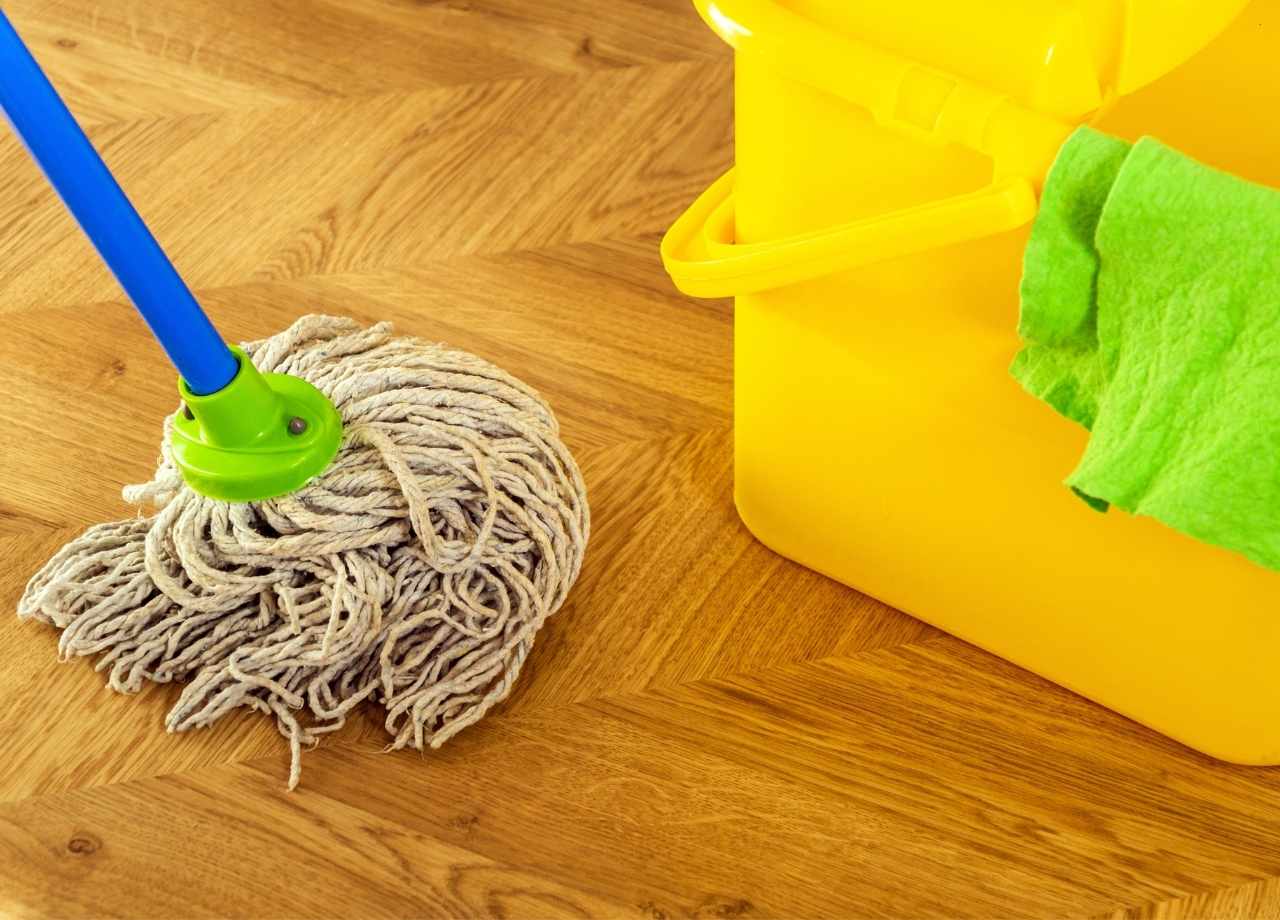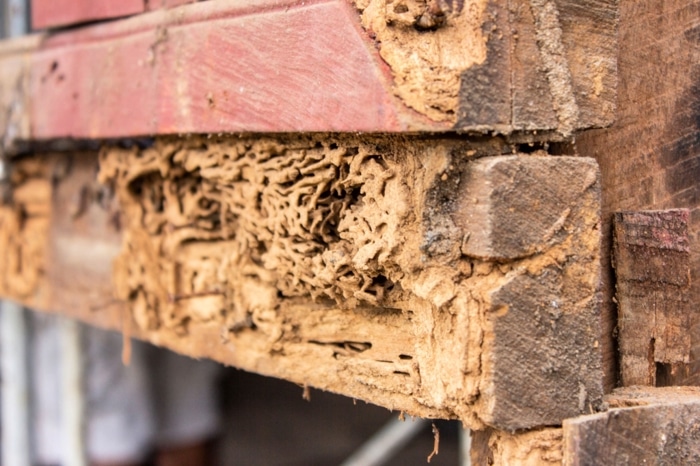In property management, it’s not unusual to come across a few tricky situations. One of the most common? A resident’s space that’s gotten a little too messy. Maybe it’s a balcony covered in bags and old furniture. Maybe it’s a front porch full of clutter. Or maybe it’s an inside issue—a unit that’s become so unsanitary, it starts causing problems for neighbors. Whatever the case, sending a respectful but clear clean-up notice is something every property manager needs to know how to do.
Don’t Wait for Complaints to Roll In
You don’t need a long list of resident complaints to take action. Waiting too long can create a bigger mess—literally and figuratively. A cluttered space can attract pests, create odors, or even become a fire hazard. And when that happens, you’re not just dealing with one resident anymore. Now you’re facing health and safety issues for the entire building or neighborhood.
Routine inspections and drive-by checks are a good way to catch these issues early. It’s not about snooping. It’s about protecting the shared environment and avoiding costly damage later. When you spot a problem, act on it. But act with care.
Even simple tasks like sending digital notices highlight how IT support matters for property management, ensuring smooth, professional communication.

No More Resident Complaints.
to Pest Share!
Be Human First, Manager Second
Before you start typing up a notice, think about what might be going on behind that cluttered door. Is the resident going through a tough time? Are they elderly or struggling with their health? Could it be a temporary situation like a move or a family emergency?
One property manager shared a story about a resident who had trash stacked up for weeks. Instead of sending a notice right away, she knocked on the door. Turns out, the resident had broken her leg and was too embarrassed to ask for help. A quick conversation led to assistance, not conflict. And the situation was resolved without a single piece of paper involved.
That’s not always possible, of course. But it’s worth trying first. When people feel respected and heard, they’re much more likely to cooperate.
How to Frame the Clean-Up Letter
Let’s say you’ve assessed the situation, and you’ve either tried talking or determined a letter is needed. How do you write something firm but respectful? How do you avoid sounding like you’re scolding someone or making them feel ashamed?
Start by thinking about your tone. You’re not just enforcing rules—you’re supporting a community. That mindset will shape the words you choose.
Begin with a calm, friendly greeting and a clear statement of why you’re reaching out. Be direct, but not cold. For example:
“We’re reaching out regarding the condition of the area outside your unit. We’ve noticed some items that may need attention, and we’d like to help you address them.”
Then, describe what was observed. Keep it factual—no guesses, no assumptions. Don’t say “your porch is a mess.” Instead say, “There are several bags of trash and large household items stored on the balcony, which may violate the community standards.”
Next, tie it back to the lease or community guidelines. Keep it simple and clear. You don’t need to quote full legal sections, but you can say something like:
“As noted in your lease under Section 12: Resident Responsibilities, all outdoor areas must remain clean and free of items that could pose health or safety concerns.”
After that, explain exactly what needs to be done and by when. Give a realistic deadline—usually 5 to 10 days is fair, depending on the severity.
Finally, offer support. This part is key. Let them know they can contact you if they need assistance or if they’re having trouble meeting the deadline. And let them know this isn’t about punishment—it’s about prevention.
What to Avoid in Your Notice
There are a few things that instantly make a clean-up notice feel aggressive—and they should be avoided.
Don’t use threatening language. Phrases like “failure to comply will result in eviction” should never be in the first notice. You’re aiming for resolution, not escalation.
Don’t use photos in your first communication unless absolutely necessary. Photos can feel intrusive, and in many cases, a simple written description is enough. If you do use them, make sure they’re taken legally and respectfully, and never include residents’ faces or personal details.
Also avoid long, legal-sounding paragraphs. The more complicated your letter sounds, the more likely it is to be ignored. Keep it human, keep it direct.
Following Up Without Nagging
After the deadline passes, give the resident a day or two before following up. Sometimes clean-up takes time, and not everyone works on your schedule. If the issue hasn’t been resolved, check in again—but still keep it respectful.
You can send a second notice, or better yet, make a quick call. Let them know you’re checking in, and ask if they need more time or help.
If there’s no progress and no communication, then you may need to move to a formal lease violation. But by this point, your documentation should be solid, and you’ve already shown that you tried a softer approach first.
When Cleanliness Leads to Pests
One of the reasons cleanliness matters so much is because it directly impacts pest control. Food waste, standing water, and cluttered areas can attract roaches, ants, rodents—you name it.
This is where services like Pest Share can help. By offering pest control as part of your resident perks or through on-demand coverage, you’re staying ahead of problems. You’re not just reacting to infestations—you’re preventing them.

When you send out a clean-up notice, it’s a good opportunity to remind residents about pest control resources, too. You might say:
“We want to keep our community safe and pest-free. If you ever notice signs of pests or need help, Pest Share offers easy access to treatment. Feel free to contact us for details.”
That subtle mention goes a long way toward building trust and offering solutions, not just rules.
Protecting the Whole Community
Clean-up notices aren’t about singling people out. They’re about protecting the shared spaces we all live in. A cluttered balcony isn’t just someone’s personal style—it might block emergency access or cause damage to property below. A messy unit inside can attract pests that end up in other homes.
When you keep the focus on community well-being, your notices feel more like part of your job—and less like a confrontation.
Sending a clean-up notice doesn’t have to feel uncomfortable. When done the right way, it actually shows that you care—not just about rules, but about people. Start with empathy, communicate clearly, and follow up respectfully.
By keeping your tone firm but fair, offering resources like pest control, and showing you’re there to support—not just enforce—you’ll find most residents respond well. They want to live in a clean, safe place, too. Sometimes they just need a reminder and a little help getting there.
If you ever find yourself stuck on how to handle a specific situation, just think: how would you want to be approached if the roles were reversed? That mindset usually leads to the best results for everyone.





